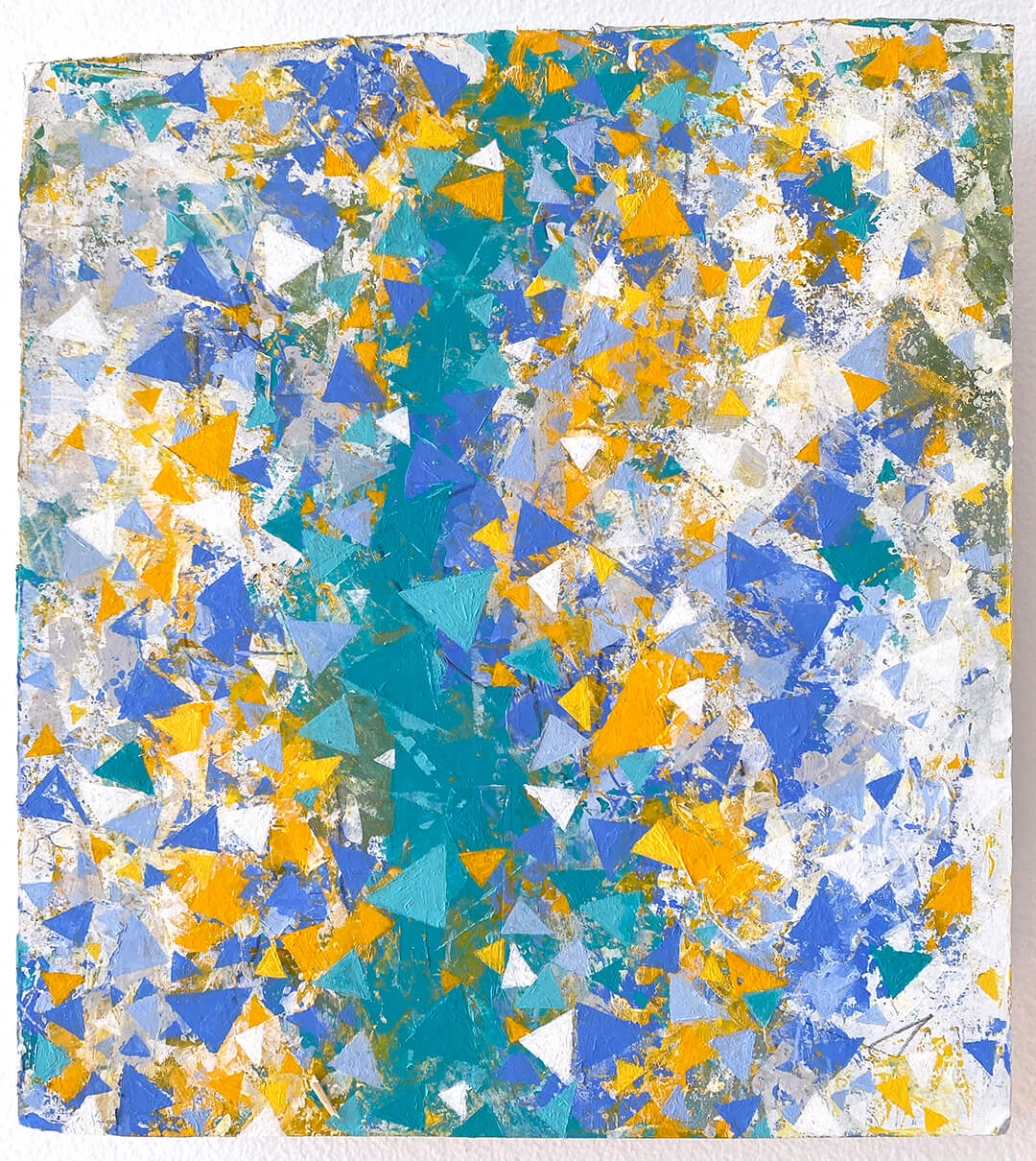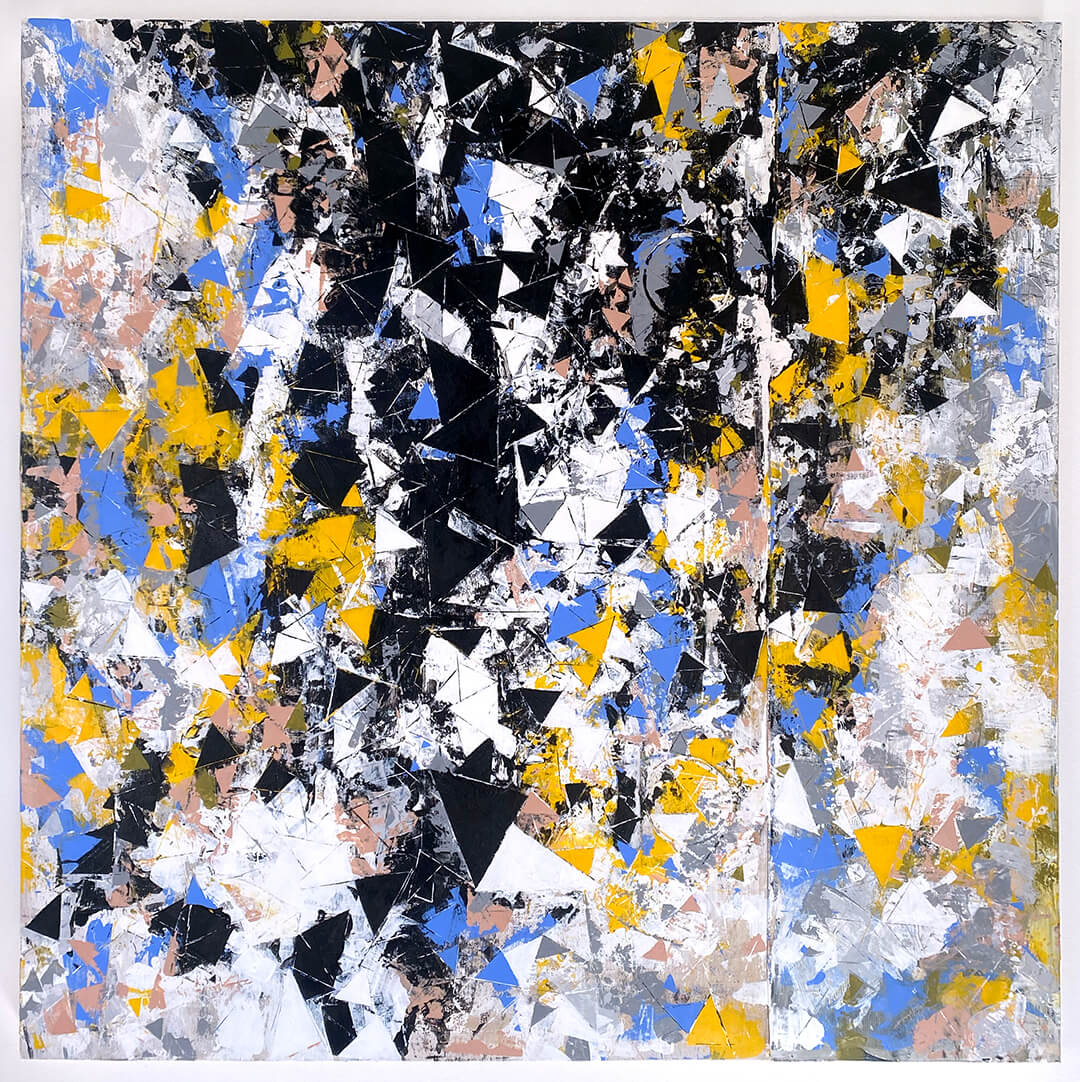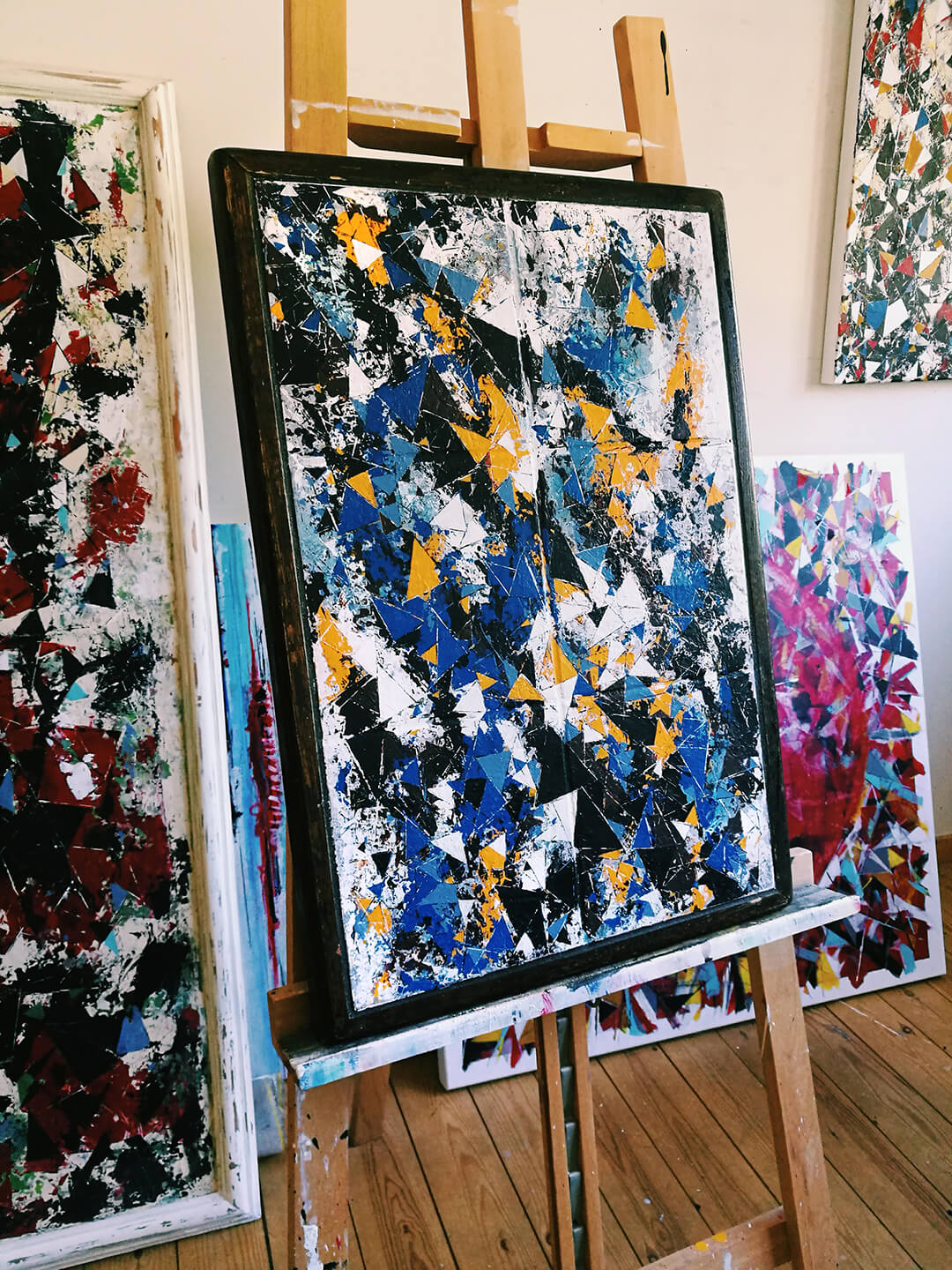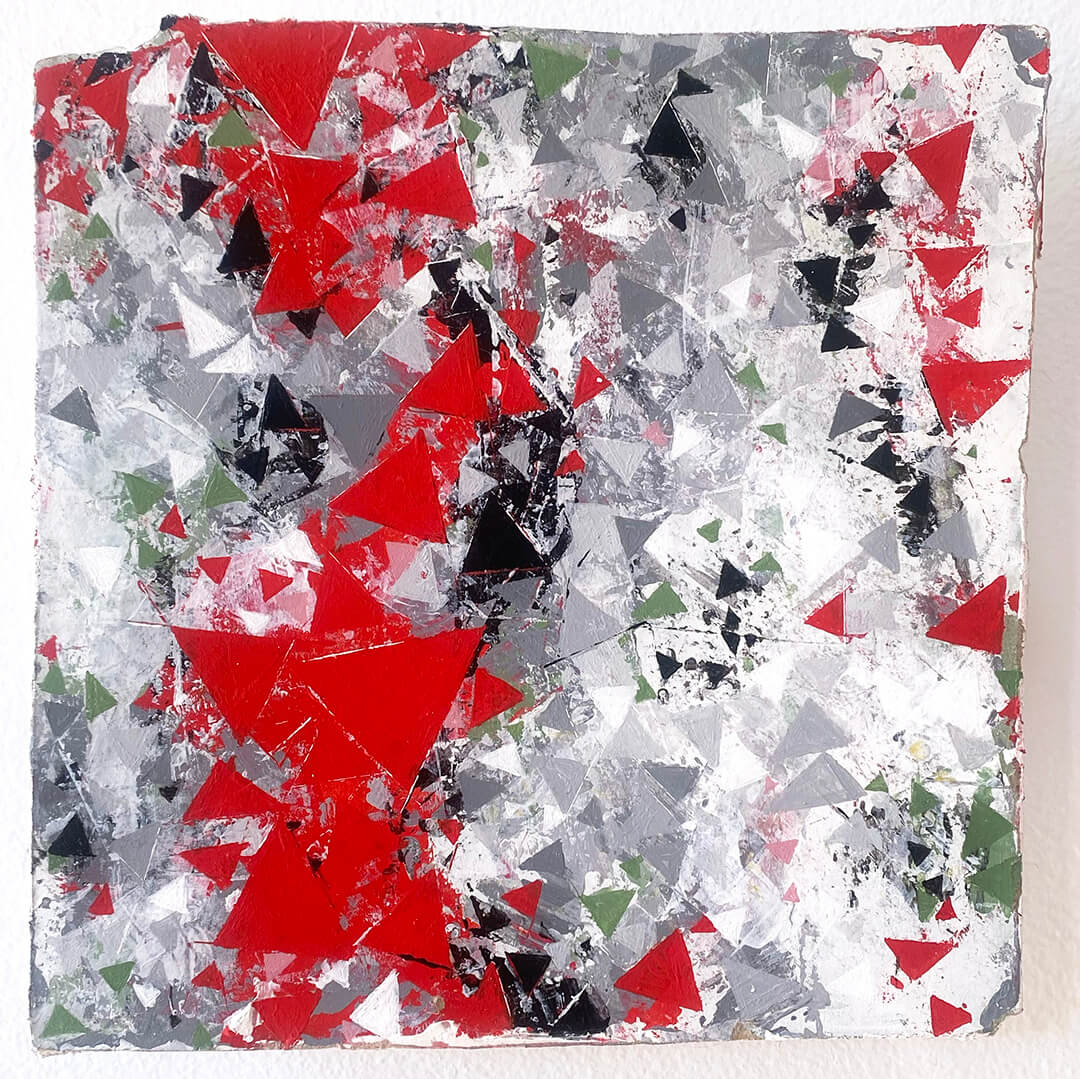What is resistance? It’s a word that has negative connotations. It’s rough or hard. It suggests interruption or problems. But it also speaks of electricity. Or of energy in general. In fact there is little energy without resistance. But I want you to think more open mindedly about this word, because it is in fact what causes all positive developments around us. Every idea starts with a problem and if we’re successful in solving it ends with a positive result. A breakthrough. Break-through. Because we have a flow of intention which is first blocked then released. The negative, through resistance has caused something new to be created. This is everywhere. Evolution through natural selection is resistance. The competition of two species of plants or animals results in a mutation which solves the problem facing one particular species. What arises? Complexity, ingenuity and beauty. Life exists at a point of high resistance with all life competing to the point of being in balance yet constantly interacting at this point of resistance. We can also think about this in terms of tension. I used to create sculptures and installations which explored this idea of tension as being a positive force for form making. I used string and wire to create large artworks which only have power and beauty of form at their highest point of tension, or at the final point before breaking. I was inspired by the idea that separate physical parts of each sculpture were in a sort of inanimate conversation with each other. The weakest point finally losing this argument, and undermining the sculpture physically. I would make a web of hundreds of knots and leave them to communicate in a high state of tension. Eventually one would slip and the piece would destroy itself and collapse. Imagine two of these knots at far ends of this web having a conversation with each other. Resistance is travelling through the network as a sort of potential energy.

I realised when beginning this series of paintings back in 2018 that resistance was a hugely important aspect in my process of making two dimensional work also. Whilst working atop old oil paintings I would buy at flea markets, adding marks to the uneven surface beneath with knives it was slow and laborious but would make a more interesting result. I think resistance, like in ideas in general is how successful artworks are born. We have an idea for a painting, in a particular style perhaps and we have to force this technique or aesthetic to its limit so that we are pushing up against the ceiling of our capability to create it. This resistance creates energy – sparks of creativity and delight born out of physical frustration. So I decided to try and cultivate resistance in my work. By continuing to work largely with found materials, I couldn’t approach a new painting in the normal way; that is with soft brushes, and liquid paint on a smooth white canvas. Instead I had to wrestle with an existing object with its uneven surface, crumbling edges, rusty staples. It felt very correct to work in this way as it felt more like sculpture than painting. I was in dialogue with a real object from the world, pushing against it to will a potential painting into being. The first stage was to fix any problems with the integrity of the surface. This could be sealing old frames with glue, sanding down broken edges, or hacking off ancient globules of paint and dirt. The piece often needed holes filling and surfaces sanded down but I was careful to leave it imperfect to allow for unpredictable painting. What I also found very appealing about working in this way was that through working with this resistance of a novel object transforming into an art object I built a relationship with it prior to beginning the actual business of painting. Because practical work needed to occur first I was already familiar with it and so the application of colour began quite naturally. It had already begun to tell me what it needed to become- something that often took days of staring at a blank white canvas to arrive. I’m sure any abstract painter could appreciate this. You need to work on a piece for a while before you begin to really work with it.

The painting itself, if it can indeed be thought of as separate continues this process by not adding what I want to see as the final result quickly but working with several layers which are slowly built up. The first layers of paint are added using knives and various objects I have taken to using in the studio to apply paint. I add the colours I feel are correct in layers of thick smears which come into opposition with each other. I try to let each layer of paint almost dry completely before adding the next, This allows each subsequent layer to dominate the one beneath whilst picking up a small amount of the previous. A rough, highly textured and particulate surface slowly grows, given integrity by the ‘realness’ of the object being painted on. I trust in my process and allow for as much accident as possible. Once the under layers feel complete I switch from this more random application of paint to one of accuracy. I start to translate the chaotic surface into one of pattern and tangibility. I do not add triangles arbitrarily, but allow the eye to find them, stencilling them in with knives and brushes, adding sharp edges where I feel it is required by printing paint on to the work. This process is difficult and full of resistance. It takes me a painful amount of time but it happens in a way that I consider to be natural and full of a certain truth. There is almost an unbroken line of working from the cleaning and glueing of a reclaimed piece of trash to the final sharpening in of the foreground.

These paintings thematically attempt to discuss how we sense the world. There is an infinite chaos around us. Energies, invisible spectrums of light, subsonic sounds. There are scales we cannot fathom, from great distances into the cosmos to the micro and nanoscopic. Even our bodies are completing trillions of minute processes we have no conscious awareness of and I find this an incredibly potent notion. What we perceive is a highly distilled reality, which is essentially based on the fundamental requirements we have. Food, water, sex etc. I try through these works to begin with an unknowable chaos and end in the foreground with an opaque readable matrix of geometric forms which is both calm and reassuring. I use palettes which are highly dynamic but serene, just like our momentary experience. But I attempt to express all these layers of information to give glimpses of the true reality beneath.

Ten paintings from my fracture series are on display at Bloom gallery in Valencia, Spain as part of the three man exhibition ‘Surface Tension’ running from the 6th October until the 2nd November 2023.
